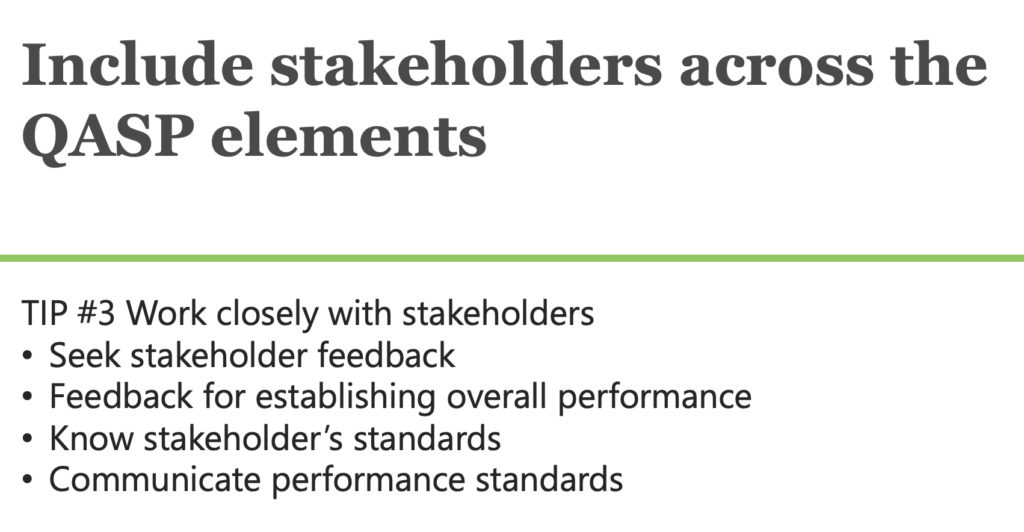Last week, as part of gLOCAL 2022, Khulisa presented a webinar titled, “How a great quality plan can transform your inclusive evaluation practices”. During the webinar, Khulisa evaluators Jennifer Bisgard and Margie Roper included several tips on how creating a Quality Assurance and Surveillance Plan (QASP) helped our recent Early Grade Reading Study to be more inclusive and to run more smoothly. (Watch the full gLOCAL webinar on Khulisa’s YouTube Channel.)
One of our top tips in the webinar was to include stakeholders across the QASP elements. The officials who will be using the evaluation (in this case, officials at South Africa’s Department of Basic Education) must be included in the QASP, as do the beneficiaries (in this case, the teachers, students, and parents in the schools), and the fieldworkers conducting the evaluation.

“We want to include stakeholders across the QASP elements, and that includes beneficiaries,” Jennifer explained. “At the end of the day, we want to make sure that the education officials who are going to use the evaluation are on board, but also the beneficiaries of the program…[The QASP] documents how we’re doing that…It means that we align our standards with stakeholders.
“And then [the QASP] is a way of communicating,” Jennifer said. “There is often a breakdown of communications between an evaluator and the fieldwork team…[the QASP] is a reminder to be very, very communicative in both directions. Fieldworkers picked up issues that we were able to correct because it was a non-punitive environment that allowed that kind of feedback. And the QASP is an enabling element for that inclusivity.”
Read our full list of QASP tips, and more, in our recent blog post about the QASP webinar. Also, stay tuned for more on the QASP in our next EvalTuesdayTip.